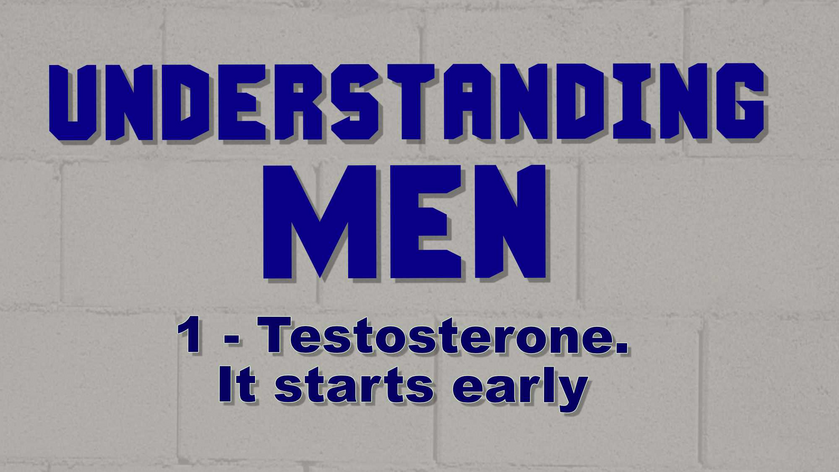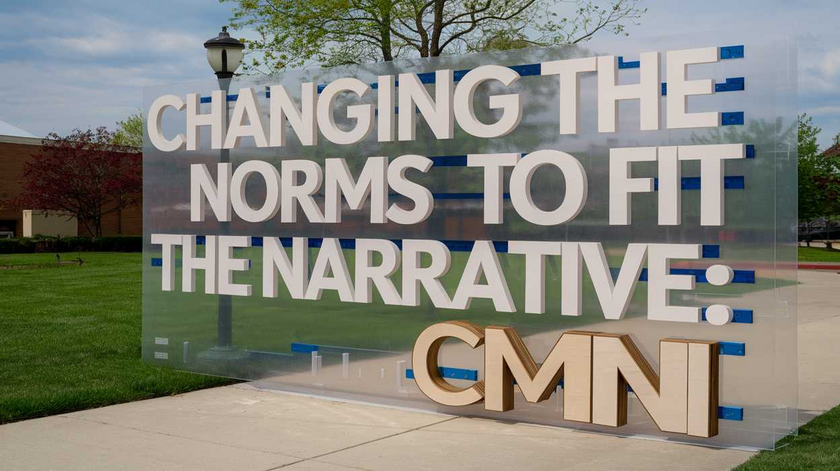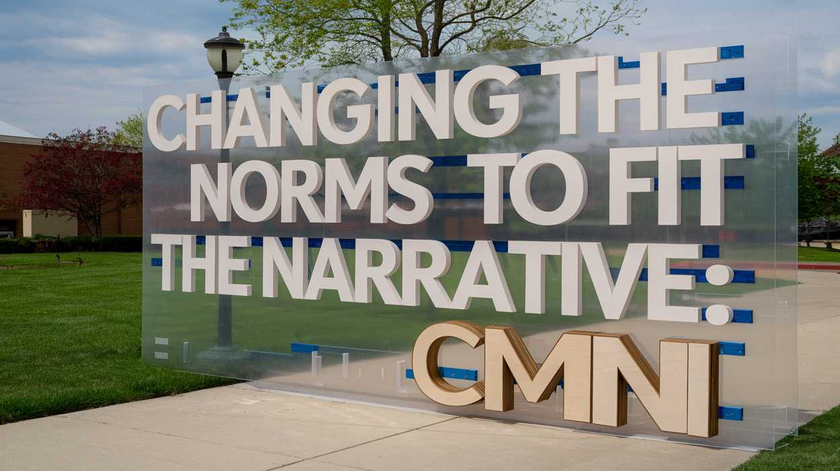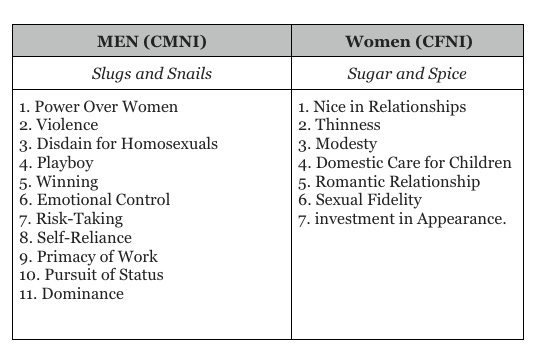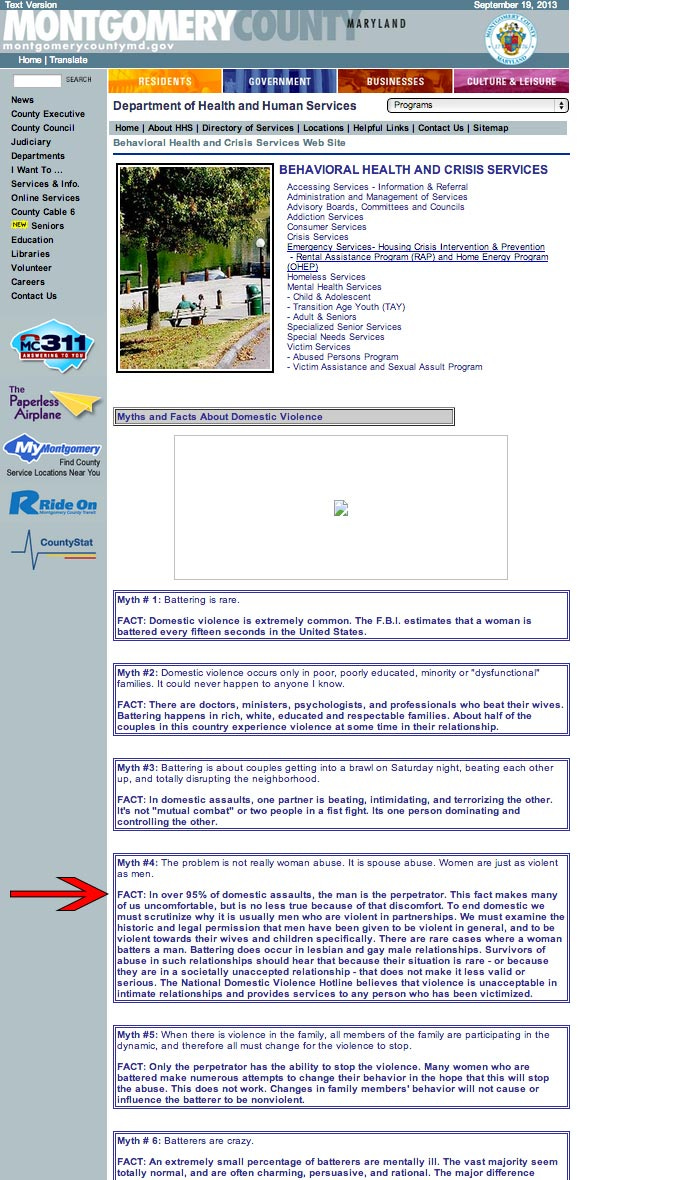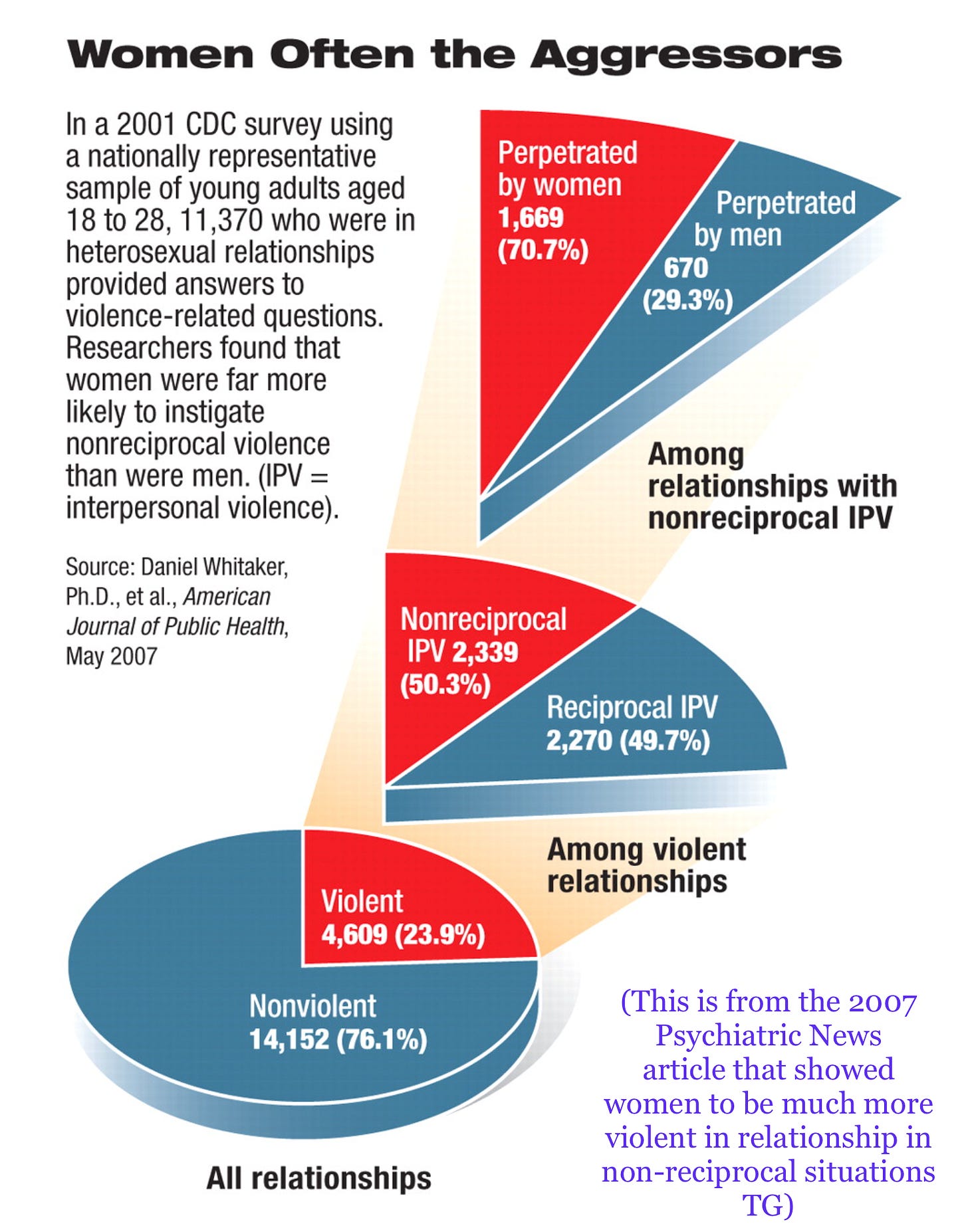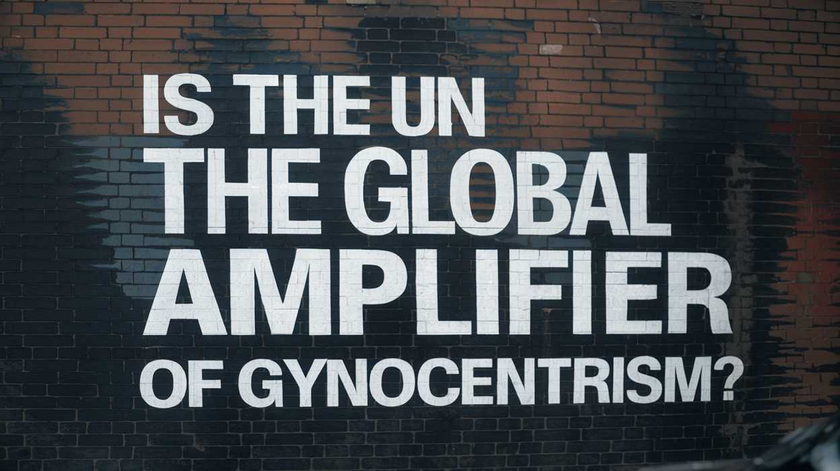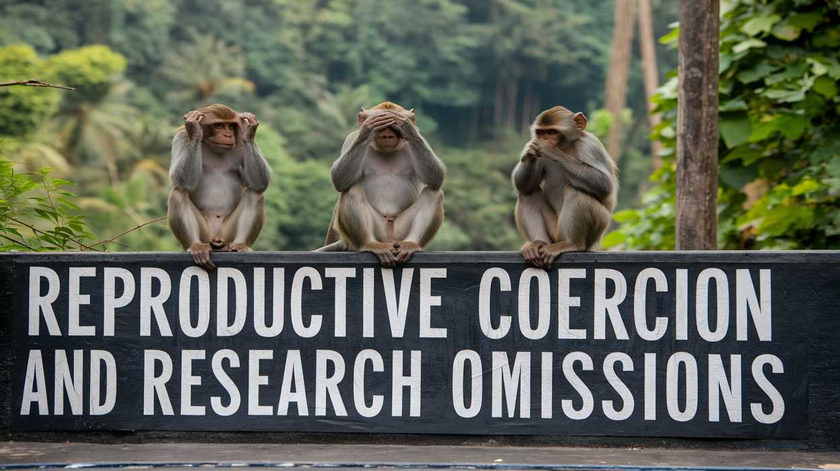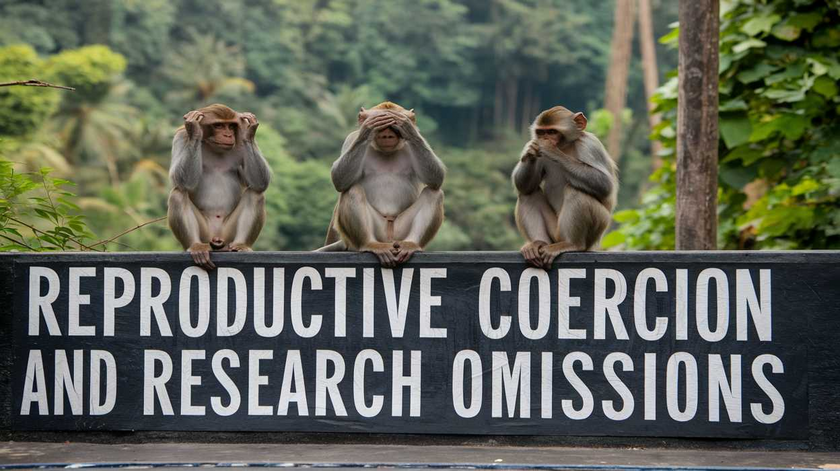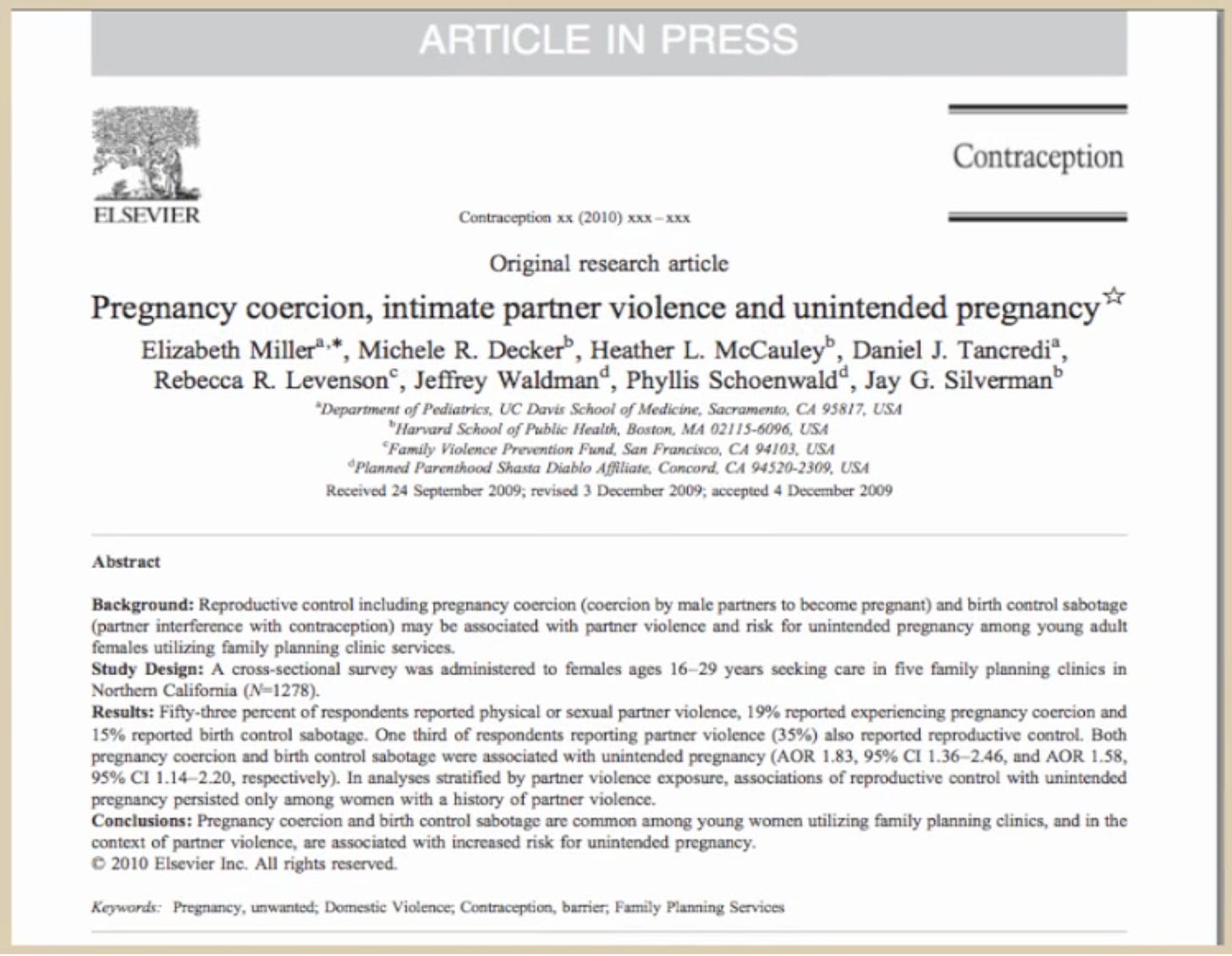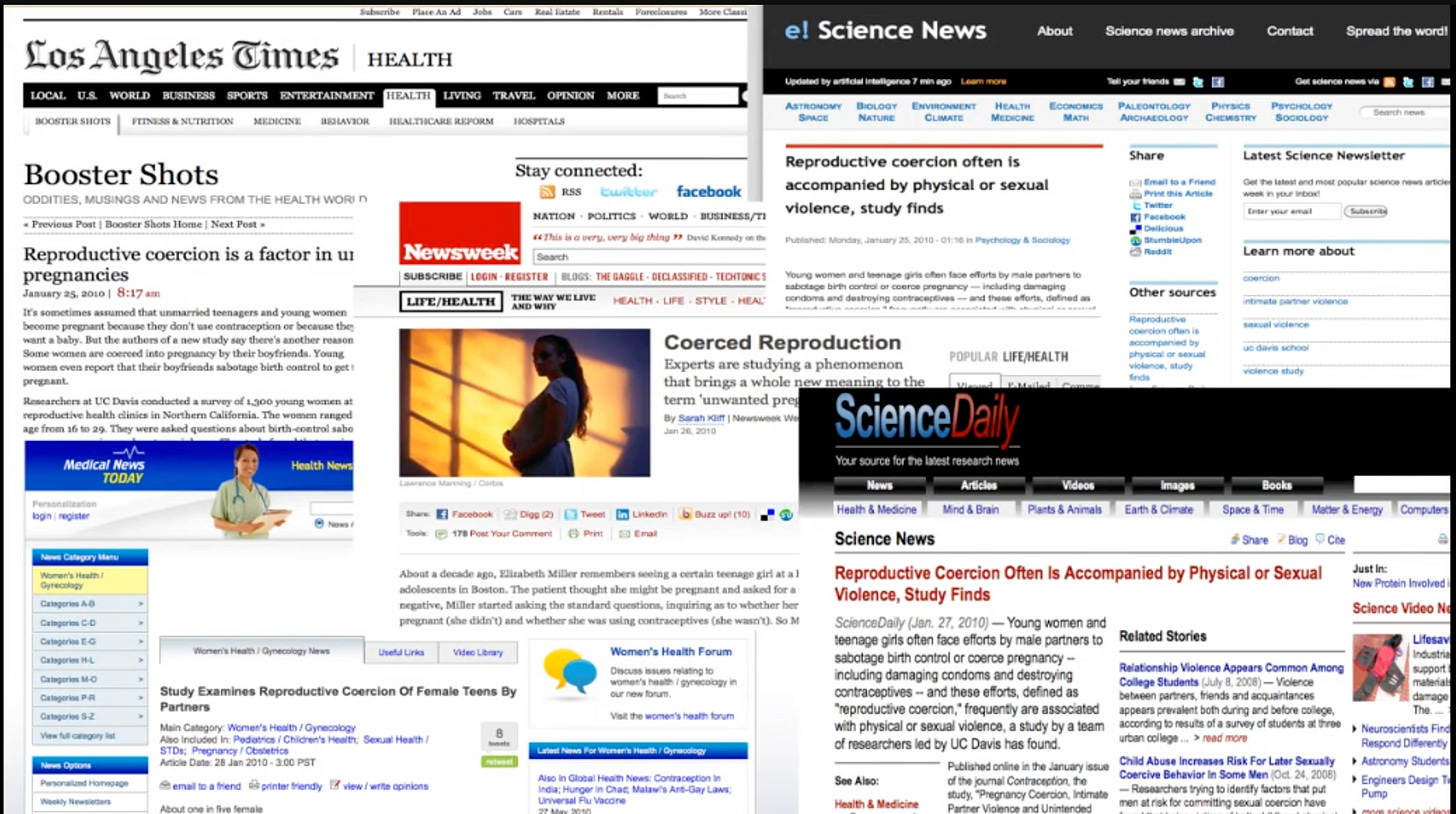Understanding Men is a series of articles and videos that progressively explain the many natural factors that help us see men in a realistic light. Today's world is filled with negative spin on men and masculinity and this has done great harm to men and boys. That harm is amplified by the media and the educational systems ignoring an abundance of research knowledge that reveals what is driving healthy masculinity and healthy manhood. This series digs into that research and clinical observations and offers it for your consideration. Understanding Men will be open to all subscribers and will not require a paid subscription. If you would like to support my work that would be great but not a necessity. Look for it each Wednesday. Men are good!
We start with Testosterone.
In order to understand men and boys you must understand testosterone. This section will give you a good start in beginning to appreciate the importance of testosterone to boys and men. It starts before you were born. This is an excerpt from my book for mothers about their boys.
It Starts Early
The differences between boys and girls start very early. In fact they start the first day of life. Research has shown that infant boys are more likely to attend to an object or a mobile while infant girls are more likely to attend to a human face.1 But why this difference so shortly after birth? With no socialization to influence boys or girls at day one how is it that there might be differences? This is where we need to back up about 6 or 7 months.
THE TESTOSTERONE FLOOD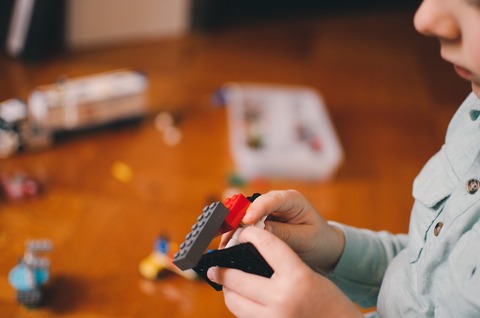
At approximately 8-24 weeks in utero most boys receive what is called a testosterone flood. This sudden increase in testosterone has multiple consequences. One consequence is that these raised levels of testosterone change the brain of the baby. The default brain is the female brain or what researcher Simon Baron-Cohen calls the “relational” or “empathic” brain.2 This relational brain is built to focus more on empathy, nurturing and relationships. Without the testosterone flood we would all have this relational brain, but with the flood, the brain starts to develop into what researchers call the male brain or what Baron-Cohen calls the “systemizing brain.” This male brain has a different set of strengths. It prefers to focus on systems: what makes them tick, what removing one piece might do to the whole, what a simple change in one part might do to another, the joy of building it piece by piece or taking it apart. Think Legos. Can you remember little boys spending hours upon hours with Legos? I bet you can. I would also bet that you might remember a similarly aged little girl that loved Legos in about the same way. And here is where things get interesting. It turns out that a small percentage of females also get an increase in testosterone in utero and develop what researchers call male brains.3 The girls who get this testosterone tend to be much less interested in traditionally feminine sorts of things, they would rather play rough and climb trees and spend hours with Legos. They tend to feel more happy being with the boys and they will often reject ostensibly female things. What we know now is that these young ladies are unique as girls at least in part because they got this extra testosterone and it is this pre-natal testosterone that is playing a part. I’m sure you have known some of these girls before; we call them “Tom Boys.”
It’s important to note that there is also a small percentage of boys who do not get this testosterone flood and therefore have a more “female” brain. These are the boys that are easier for moms to understand. They are more like mom and their way of being in the world is more like mom is used to. If you have a son like this (and if you have a “female brain”) you may be close due to your similarity. This is the young man that makes the mom wonder why her other sons can’t be like that.
Researchers have been able to identify those boys and girls who experienced this extra testosterone and they have studied these boy’s and girl’s behaviors and personalities as they have gotten older. What they have found is that those with greater testosterone levels in utero are more likely to want to play with “boy” toys like trucks and things that move. They are more likely to be more active, aggressive and competitive, less interested in traditionally feminine things and less interested in infants and nurturing behaviors.4,5 Those with lower levels of testosterone are more likely to have more interest in dolls and playing house, to be more interested in nurturing and in sharing secrets and personal data, and to prefer to play with a single friend or two, rather than with a larger group. Of course parents have been seeing these differences for a long time but likely assumed these differences were based solely on socialization, not on biology. Now we know differently. There are many factors that impact our differences.
A good deal of research is being done on the testosterone flood and how it influences children. As of 2020, scientists are confident about four connected differences from this flood. These are the boy-typical play behaviors, the increased chance of early aggressive behavior, influence on the core sexual identity and an impact on sexual orientation.6 There are other differences that are being studied but the strength of connection has yet to be proven for these.
What does this tell us? It suggests that your son, if he had the testosterone flood, will probably like to play in a way that most boys like to play, he may be interested in masculine play and be turned off by feminine activity. He will likely be attracted to females when he matures and he may be aggressive at times.
Our personalities are impacted by our biology even before we are born. This goes against common knowledge that our socialization is the only determinant to our ways of being. This is false. Our prenatal testosterone is just one biological factor and it impacts us in a profound manner. This testosterone flood has what biologists call “organizational” qualities. That is, the testosterone organizes the brain in certain patterns, literally changing the brain’s structure.7 These patterns make up what is being called the male brain. In addition to testosterone’s organizational qualities it also sensitizes receptor cells in the brain to be more reactive so that later in life the bodies of the boys and girls who received this flood will be more reactive to testosterone. This is called testosterone priming. Lastly, testosterone has what scientists call activational qualities. These are more transient and non- permanent effects on an already developed nervous system. This is what most of us think of when we think of hormones and the way they work. We get a squirt of this or that hormone and our bodies react accordingly.
Prenatal testosterone is not the only time when there is a surge in testosterone within boys’ bodies. A second surge of testosterone happens shortly after baby boys are born. Some scientists are calling this the “Mini Puberty.”8 This surge lasts between the first to third month of life (and sometimes longer) and is being studied now to get a sense of what impact it might have on these young boys. This surge is considerably easier to study since direct measurements of the testosterone can be made on a regular basis and do not depend on the blood levels of the pregnant mother or the testosterone levels in the amniotic fluid.
And, of course, there is the flood of testosterone that we are all familiar with, when boys reach puberty and once again their bodies are flooded with testosterone, about ten times the levels of testosterone that their sisters experience.
SYSTEMIZING

Let's take just a minute to examine what is meant by the systemizing brain that seems to result from the testosterone flood. This systemizing brain prefers to focus on systems. But when we say systems, what do we mean? These systems might be about anything with an input and an output. An example might be a machine like a car. It has numerous driver “inputs” like steering, braking, and accelerating. Change one of the inputs and the system changes. Learning how these inputs change the outputs is learning the system. A mainframe computer would be a more complex example. Or take a simpler example like Legos, there are a multitude of ways to attach the pieces, different colors, and different shapes. Learning the system is learning how to manipulate the inputs to get the output you might want. Another system might be swinging a baseball bat. The swing itself is a system. Learning the different parts of the swing, learning how to adjust that swing, and various different ‘inputs” the ball player could use to get the desired outputs is a system. Systems can even be as simple as a phonebook where names and numbers are connected or as complex as a philosophy. Our worlds are filled with systems.
WHAT WE TALK ABOUT
An easy way to get a sense of this difference in the systemizing brain and the empathic brain is to think for a moment about the topics of conversations of your sons and of your daughters. What sorts of things do your sons like to talk about? I would bet that they talk about systems or competing, and sometimes both. Talking about video games is talking about systems: input and output and which inputs bring success. Boys can talk about video games for hours. What was done, what worked, what didn’t, and all the gory details of the experience. (Of course they would prefer to play them and not talk.) I am willing to bet you have heard these conversations before. Discussing sports is another system: who is winning, what Team A needs to do to be more competitive against Team B, and on and on. The other piece is that in both these topics there is a likelihood that the discussion centered around competition. Who is first? Second? Last? Who is a level up and who is five levels behind? And this of course is a part of the system.
Now contrast this with the typical discussion you might hear with girls. Sure the girls might talk about sports or video games but it seems more likely they will talk about relationships. Who is their best friend, what are they doing together? Who will or won’t play with whom? Disclosing this or that personal data. Hearing about others’ relationships. This is what you are more likely to hear from your girls. Some girls, however, will love to talk about sports and some boys will be more interested in relationships. What we are talking about is not a predictor of behavior but is a way of observing it. You can’t say, “Because he is a boy, he will do this or that.” But you can simply observe how your child may or may not fit in with the differences we are describing and build a deeper understanding of their uniqueness. Once we observe we can see how this plays out in the lives of our children.
Excerpt from Helping Mothers Be Closer to Their Sons: Understanding the World of Boys pg 3-8
References
1. Connellan, Jennifer, Simon Baron-Cohen, Sally Wheelwright, Anna Batki, and Jag Ahluwalia. "Sex Differences in Human Neonatal Social Perception." Infant Behavior and Development 23.1 (2000): 113-18. Web.
2. Baron-Cohen, Simon. The Essential Difference: The Truth about the Male and Female Brain. New York: Basic, 2003. Print.
3. Ibid.
4. Hines, Melissa, Michaela Constantinescu, and Debra Spencer. "Early Androgen Exposure and Human Gender Development." Biology of Sex Differences 6.1 (2015): n. pag. Web.
5. Eaton, Warren O., and Lesley R. Enns. "Sex Differences in Human Motor Activity Level." Psychological Bulletin 100.1 (1986): 19-28. Web.
6. Ibid.
7. Arnold, A. "Organizational and Activational Effects of Sex Steroids on Brain and Behavior: A Reanalysis." Hormones and Behavior 19.4 (1985): 469-98. Web.
8. Alexander, Gerianne M. "Postnatal Testosterone Concentrations and Male Social Development." Frontiers in Endocrinology 5 (2014): n. pag. Web.
